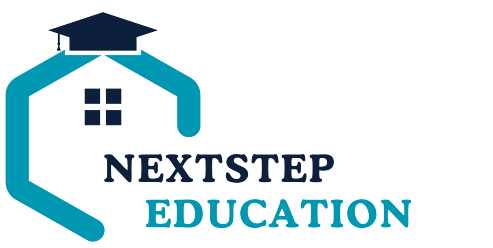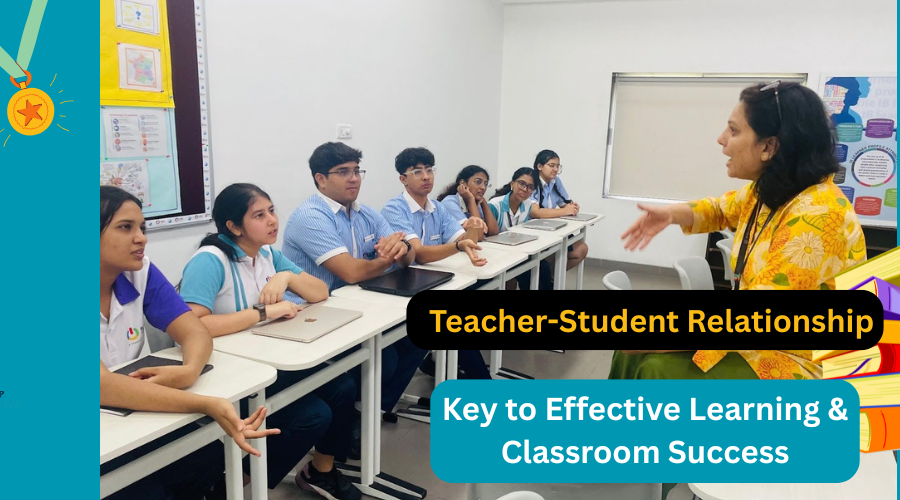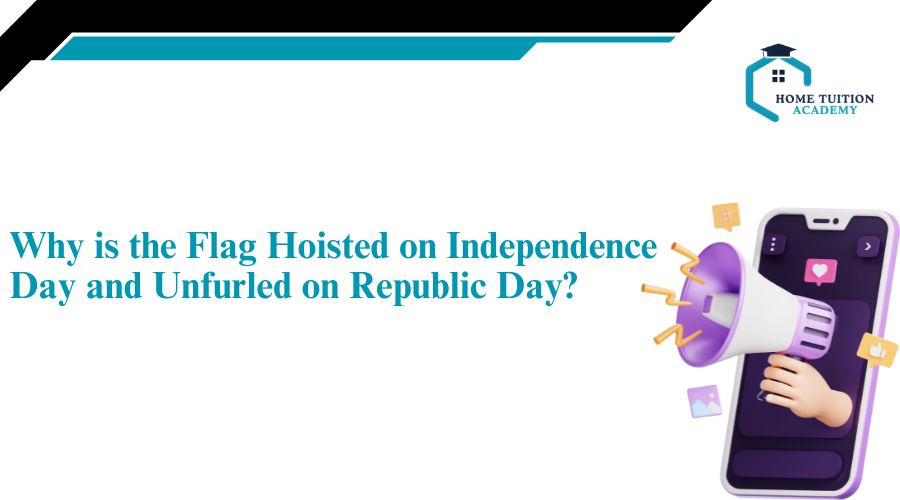A positive teacher-student relationship is one of the most powerful tools for effective learning. More than just teaching lessons, a teacher’s ability to connect with students can spark curiosity, build confidence, and create a classroom environment where every child feels valued.
When students feel supported and understood by their teachers, they’re more likely to participate, stay motivated, and succeed academically. This teacher-student bond in education goes beyond textbooks — it shapes attitudes, encourages lifelong learning, and builds essential social and emotional skills.
In today’s classrooms, understanding the importance of teacher-student relationship is more critical than ever. Whether in traditional schools or online learning, the connection between teacher and student lays the foundation for meaningful education.
What is a Teacher-Student Relationship?
A teacher-student relationship is the professional and emotional connection formed between a teacher and their students. It goes beyond teaching academic subjects — it involves trust, respect, understanding, and communication.
In a positive teacher and pupil relationship, students feel comfortable asking questions, sharing ideas, and expressing their concerns without fear of judgment. Teachers, in turn, listen actively, show empathy, and adapt their teaching methods to meet each student’s unique needs.
A strong teacher-student connection is built on:
- Mutual respect – valuing each other’s thoughts and efforts.
- Open communication – encouraging honest, two-way conversations.
- Consistency – teachers being reliable and fair in their expectations.
- Support – offering help when students struggle academically or emotionally.
This relationship sets the tone for a positive learning environment, where students feel safe, engaged, and motivated to learn.
Importance of Teacher-Student Relationship in Education
The importance of teacher-student relationship cannot be overstated. A strong, positive bond between teacher and student is a key factor in academic success, social development, and emotional well-being.
Here’s why it matters so much in education:
- Boosts Academic Performance: Students who have a positive teacher-student connection are more motivated to attend class, participate, and complete assignments, leading to better grades and learning outcomes.
- Builds Confidence: When teachers believe in their students’ abilities, students gain the self-esteem they need to take on challenges and persist through difficulties.
- Creates a Safe Learning Environment: A respectful, trusting teacher-student interaction in the classroom encourages students to share ideas and ask questions without fear of embarrassment.
- Reduces Behavioral Issues: Positive relationships help prevent conflicts, promote cooperation, and improve classroom management.
- Supports Social and Emotional Development: Teachers who connect with their students help them develop empathy, communication skills, and emotional intelligence — skills that matter throughout life.
Research shows that students with supportive teacher relationships are more engaged, have higher attendance rates, and are less likely to drop out of school. That’s why the benefits of good teacher-student relationship extend far beyond academics.
How Teachers Build Relationships with Students
Building a strong teacher-student relationship doesn’t happen overnight — it requires intentional actions and genuine care. Here’s how teachers can nurture a positive teacher-student bond in education:
- Show Genuine Interest
Get to know students by asking about their hobbies, families, and goals. This shows students they’re valued beyond their grades. - Listen Actively
When students speak, listen without interrupting. Acknowledge their feelings and opinions, even if you don’t always agree. - Use Positive Reinforcement
Recognize efforts and achievements, no matter how small. Praise encourages students to keep trying and builds trust. - Adapt to Individual Needs
Understand that every student learns differently. Adjust your teaching methods to accommodate different learning styles or challenges. - Create Consistency and Fairness
Set clear rules and follow through with them consistently. Fairness helps students feel secure and respected. - Communicate Regularly
Keep open lines of communication with students and their parents. Share both successes and areas for improvement. - Be Empathetic and Patient
Empathy helps teachers see situations from students’ perspectives, strengthening the teacher-student connection and building respect.
By practicing these strategies, teachers can establish lasting bonds that motivate students, improve behavior, and enhance classroom experiences.
Benefits of a Positive Teacher-Student Relationship
A strong, positive teacher-student relationship creates a supportive classroom environment where students thrive academically, socially, and emotionally. Here are the key benefits of good teacher-student relationship every parent, teacher, and student should know:
- Improved Academic Achievement
Students who feel connected to their teachers are more motivated, pay better attention, and perform better on assignments and exams. - Higher Engagement in Learning
A positive teacher-student connection sparks curiosity and keeps students interested in lessons, discussions, and activities. - Better Behavior and Discipline
Students who respect and trust their teachers are less likely to act out or disrupt the class, creating a calmer and more productive learning environment. - Emotional Support
Teachers who build strong relationships provide a safe space for students to express their worries, reducing anxiety and stress. - Enhanced Social Skills
Positive teacher-student interaction in classroom helps students develop communication, empathy, cooperation, and conflict resolution skills. - Long-Lasting Impact
Students often remember supportive teachers throughout their lives, influencing their confidence, career paths, and relationships with others.
Research consistently shows that the benefits of good teacher-student relationship go beyond school, helping students develop into successful, resilient adults.
Role of Teachers in Student Development
Teachers play a crucial role in every aspect of a child’s growth — not just academically, but also emotionally, socially, and morally. Understanding the role of teacher in student development highlights why a strong teacher-student bond in education is so important.
- Academic Guidance
Teachers identify students’ strengths and weaknesses, offer personalized support, and inspire curiosity, helping students achieve their academic potential. - Building Confidence and Self-Esteem
By encouraging students and recognizing their efforts, teachers help them believe in themselves and their abilities, laying a foundation for success. - Character and Moral Development
Through their own behavior and guidance, teachers model values like honesty, respect, empathy, and responsibility, shaping students’ character. - Social and Communication Skills
Teachers create opportunities for collaboration, group projects, and discussions, helping students learn how to interact positively with others. - Career and Life Skills
Teachers introduce students to future career options, guide them through decision-making, and teach problem-solving skills essential for life beyond school. - Emotional Support
A caring teacher provides comfort and encouragement when students face personal challenges, helping them build resilience and cope with stress.
This comprehensive role makes teachers powerful influences in shaping not only students’ academic outcomes but also their overall development into confident, capable adults.
Challenges in Building a Teacher-Student Relationship
While building a positive teacher-student relationship is essential, it’s not always easy. Teachers often face challenges that can make it harder to connect with students. Understanding these obstacles helps educators and parents work together to overcome them.
- Large Class Sizes
When teachers have many students, it can be difficult to give each child individual attention, limiting opportunities for personal connections. - Diverse Learning Needs
Students have unique abilities, backgrounds, and learning styles. Meeting everyone’s needs while maintaining a strong teacher-student connection requires patience and skill. - Cultural and Language Differences
Students and teachers from different cultural or linguistic backgrounds may face misunderstandings or struggle to relate to one another. - Behavioral Issues
Students dealing with emotional or behavioral challenges may resist building relationships with teachers or classmates. - Time Constraints
Heavy workloads, administrative tasks, and tight schedules can leave teachers with little time to nurture individual bonds. - Lack of Parental Support
When parents aren’t involved or supportive, it can be harder for teachers to build trust with students or address problems effectively. - Technology Barriers
In online or hybrid classrooms, limited face-to-face interaction can make establishing a teacher-student bond in education more challenging.
Despite these obstacles, teachers can still form meaningful relationships by staying patient, flexible, and committed to understanding their students’ needs.
Teacher-Student Interaction in the Classroom
Effective teacher-student interaction in the classroom is the heart of meaningful learning. It’s through daily conversations, questions, and feedback that students feel engaged, respected, and motivated.
Here’s what positive interaction looks like:
- Asking Open-Ended Questions
Teachers encourage students to think critically and express themselves by asking questions that don’t have simple yes/no answers. - Active Listening
Giving students full attention when they speak shows respect, strengthens the teacher-student connection, and encourages participation. - Prompt Feedback
Timely, constructive feedback helps students understand what they’re doing well and where they can improve, building confidence and trust. - Clear Instructions and Expectations
Explaining tasks and classroom rules clearly ensures students know what’s expected, reducing confusion and misunderstandings. - Encouraging Student Voice
Allowing students to share opinions, ideas, and suggestions makes them feel valued and involved in their learning process. - Non-Verbal Communication
Smiles, nods, and positive body language can make students feel supported and welcome, even without words. - Conflict Resolution
Addressing disagreements fairly and calmly helps maintain a positive atmosphere and shows students how to resolve issues respectfully.
These everyday interactions not only improve academic performance but also build a strong teacher-student relationship essential for classroom success.
Role of Teacher-Student Relationships in Different Educational Stages
- Preschool & Primary School
In early years, a warm teacher-student relationship helps children feel safe, build trust, and develop a love for learning. Teachers at this stage are crucial for social and emotional growth, laying the foundation for positive attitudes toward school. - Middle & High School
During adolescence, supportive teachers guide students through academic challenges and emotional changes. Strong teacher-student bonds in education help teens stay motivated, manage stress, and make better decisions. - College & Higher Education
In universities, teacher-student connections shift toward mentorship, offering career advice, research opportunities, and personal guidance. Professors who build meaningful relationships with students can inspire deeper engagement and lifelong learning.
Across all stages, healthy teacher-student relationships boost confidence, encourage curiosity, and support both academic and personal development.
Conclusion
A strong teacher-student relationship is the foundation of an engaging, supportive, and effective learning environment. Whether in preschool, high school, or college, positive connections between teachers and students inspire curiosity, build confidence, and improve academic performance.
By understanding the importance of teacher-student relationship, recognizing the unique challenges at different educational stages, and focusing on open communication, teachers can create classrooms where every student feels valued and motivated to succeed. Investing in these relationships doesn’t just shape better learners — it helps build compassionate, resilient individuals ready to thrive in the world beyond school.
FAQ: Teacher-Student Relationship
1. Why is the teacher-student relationship important in education?
A positive teacher-student relationship helps students feel safe, supported, and motivated, leading to better academic performance, improved behavior, and greater emotional well-being.
2. How can teachers build trust with students?
Teachers can build trust by listening actively, showing respect, being consistent, offering encouragement, and adapting their teaching to meet individual needs.
3. What are the benefits of a good teacher-student relationship?
Benefits include higher engagement, increased confidence, better grades, improved social skills, and stronger classroom discipline.
4. How does teacher-student interaction affect learning?
Regular, positive teacher-student interaction in the classroom encourages participation, clarifies expectations, and fosters an environment where students feel comfortable sharing ideas and asking questions.
5. What challenges do teachers face in building relationships with students?
Challenges include large class sizes, diverse learning needs, language barriers, behavioral issues, limited time, and lack of parental support.
6. Does the teacher-student relationship matter in online learning?
Yes, maintaining a positive teacher-student connection in virtual classrooms is just as important to keep students engaged, motivated, and supported during remote learning.





